Galangal: The Zesty Secret Behind Southeast Asian Flavors
Table of Contents
- Introduction to Galangal
- Types of Galangal
- Galangal vs. Ginger: What’s the Difference?
- Top 7 Cooking Tips Using Galangal
- Buying Guide: How to Choose the Best Galangal
- Storage Tips for Fresh and Dried Galangal
- Recipe Spotlight: Tom Kha Gai with Galangal
- The Healing Powers of Galangal
- Frequently Asked Questions About Galangal
- Conclusion
Introduction to Galangal
If you’ve ever bitten into a dish and been hit with that sharp, citrusy bite followed by a peppery warmth, there’s a good chance you were tasting galangal. This aromatic rhizome may look like ginger at first glance, but don’t be fooled — galangal brings its own unique flair to the spice world.
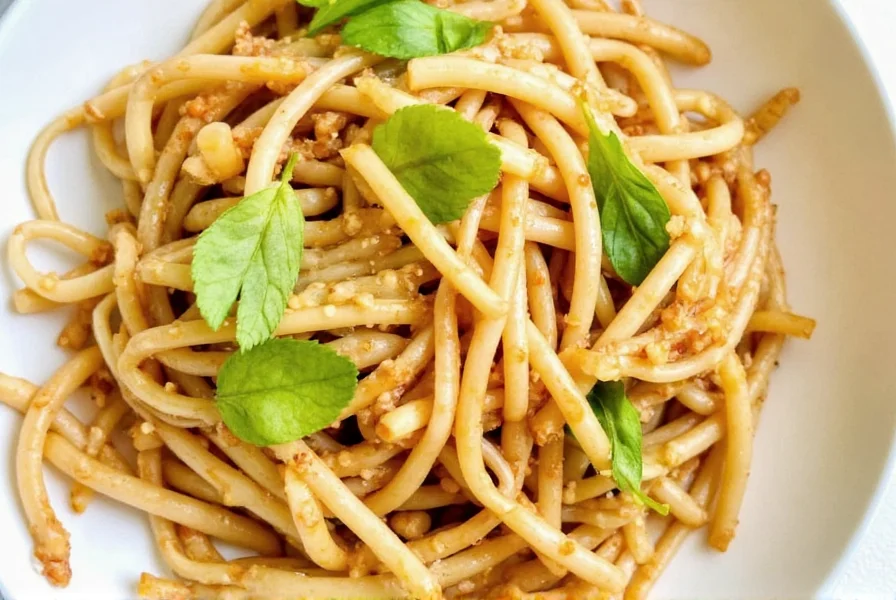
Native to Southeast Asia, especially Thailand and Indonesia, galangal is a staple in traditional cooking. It's one of those spices that might not dominate the pantry in the West yet, but it's slowly gaining popularity among foodies and chefs alike. Whether you're making a rich tom kha soup or a fiery rendang curry, galangal is your secret weapon for adding depth and complexity to your dishes.
Types of Galangal
Not all galangal is created equal! There are several varieties, each with distinct flavors and uses:
| Type | Flavor Profile | Common Uses |
|---|---|---|
| Greater Galangal (Alpinia galanga) | Strong, peppery, woody | Used in soups, stews, and medicinal applications |
| Lesser Galangal (Alpinia officinarum) | Mild, floral, slightly sweet | Favored in desserts and tea blends |
| Blue/Green Galangal (Boesenbergia rotunda) | Citrusy, tangy, bright | Popular in Thai and Indonesian street food |
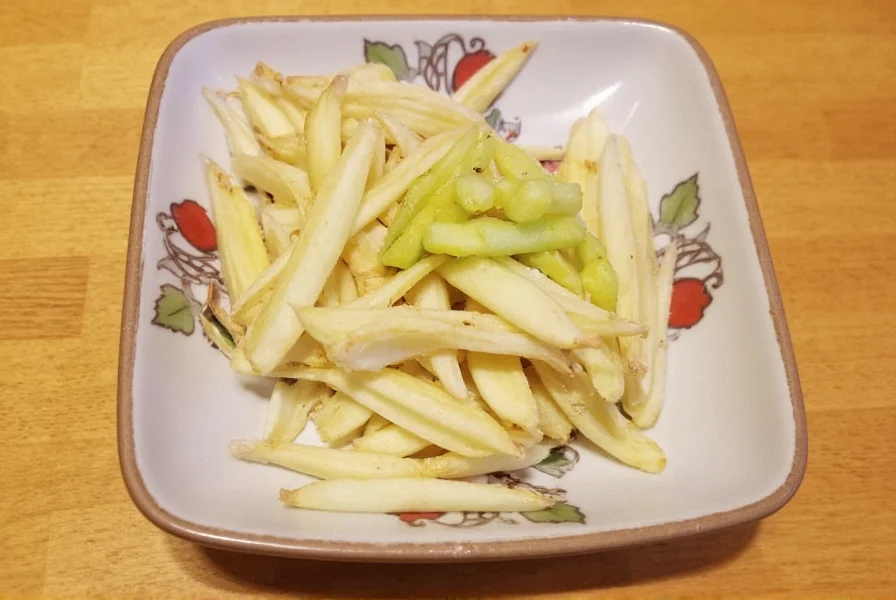
Galangal vs. Ginger: What’s the Difference?
This is probably the most common question people ask when they see galangal for the first time. Let’s break it down:
| Characteristic | Galangal | Ginger |
|---|---|---|
| Texture | Harder, more fibrous | Soft, moist, easier to slice |
| Flavor | Peppery, citrusy, piney | Spicy, earthy, sweet-sharp |
| Aroma | Woody, fresh, almost camphor-like | Warm, spicy, rooty |
| Common Dishes | Tom kha gai, rendang, laksa | Stir-fries, cookies, ginger ale |
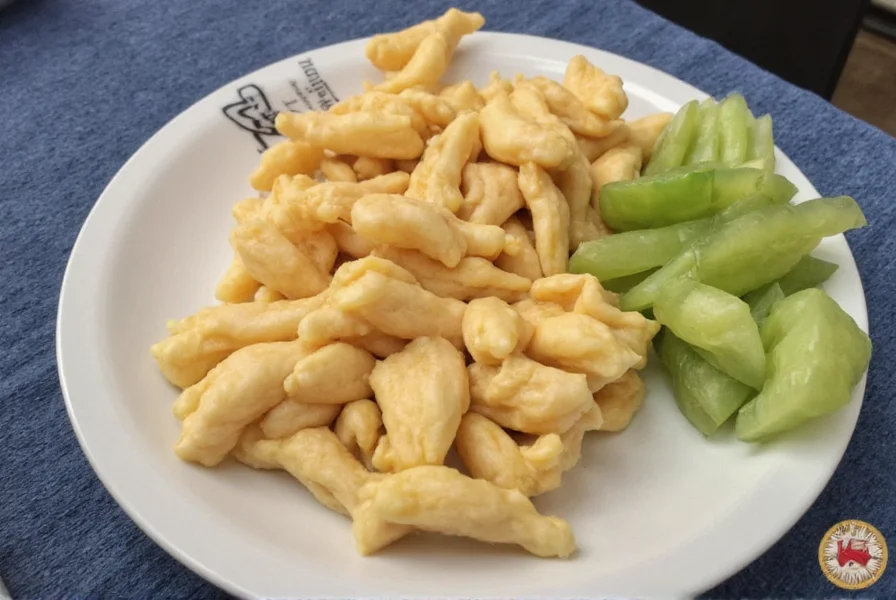
Top 7 Cooking Tips Using Galangal
- Slice Thinly: Galangal is tough, so thin slices ensure better flavor release without being chewy.
- Dry Roast Before Use: Toasting dried galangal intensifies its aroma and makes it easier to grind.
- Add Early in Cooking: Since its oils are robust, galangal holds up well in long-cooked dishes like curries and broths.
- Pair with Lemongrass & Kaffir Lime: A trio of galangal, lemongrass, and lime leaves creates magic in Thai cuisine.
- Make Your Own Paste: Blend galangal with garlic, chilies, and shrimp paste for an instant curry base.
- Infuse Oils: Heat small pieces in oil to extract flavor for stir-fries or dressings.
- Use in Desserts (Yes Really!): Lesser galangal pairs surprisingly well with coconut milk and rice pudding.

Buying Guide: How to Choose the Best Galangal
Choosing the right galangal can make or break your dish. Here’s how to spot quality when shopping:
- Look for firm, unblemished skin: Avoid soft spots or mold.
- Pick the right type: Greater galangal is best for savory dishes; lesser for sweets.
- Smell it: A fresh, spicy scent means it’s potent and ready to use.
Recommended Brands
| Brand | Features | Best For |
|---|---|---|
| Thai Gold Organic Galangal | Organic, air-dried, no additives | Curries, broths, and paste-making |
| Nature’s Way Galangal Powder | Convenient, standardized potency | Cooking on the go or health supplements |
| Kroon Galangal Slices | Sun-dried, natural texture retained | Long-term storage, rehydrating in stews |
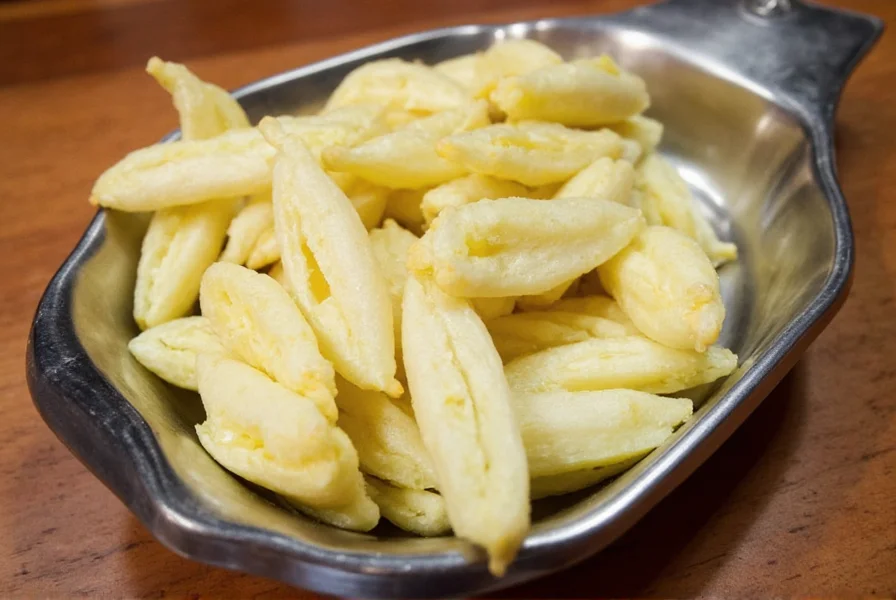
Storage Tips for Fresh and Dried Galangal
To keep galangal fresh and flavorful, proper storage is key. Here’s how to store both forms effectively:
- Fresh Galangal: Wrap in plastic and store in the fridge for up to two weeks. Alternatively, freeze whole or sliced for longer use.
- Dried Galangal: Keep in an airtight container in a cool, dark place. Lasts up to a year.
- Ground Galangal: Store in a sealed jar away from moisture and light. Grind as needed for maximum freshness.
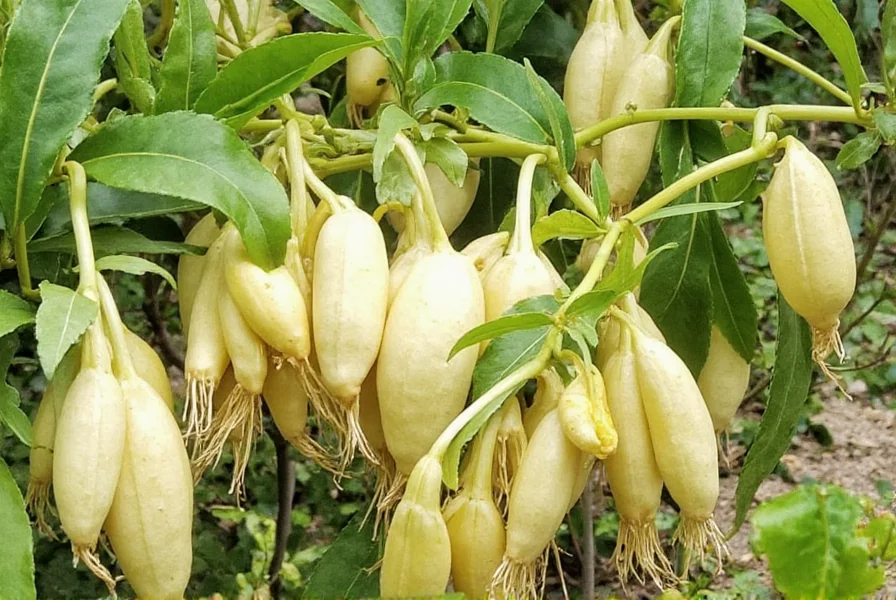
Recipe Spotlight: Tom Kha Gai with Galangal
Let’s put this zesty wonder to work with a classic: Tom Kha Gai, a creamy Thai chicken soup known for its fragrant, aromatic broth. Here’s how to make it:
- Sauté sliced galangal in coconut milk until fragrant.
- Add shredded cooked chicken and mushrooms.
- Simmer with fish sauce, kaffir lime leaves, and a dash of lime juice.
- Garnish with cilantro and serve hot!
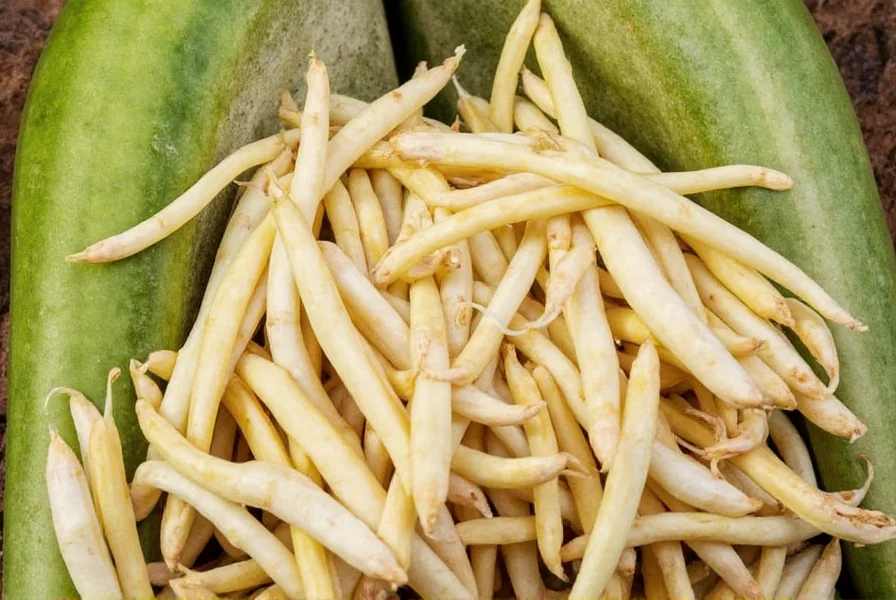
The Healing Powers of Galangal
Beyond the kitchen, galangal has a long history in traditional medicine. Rich in antioxidants and anti-inflammatory compounds, it’s believed to:
- Boost digestion
- Support immune function
- Relieve nausea and motion sickness
- Potentially fight bacteria and viruses
Modern studies are beginning to back up these age-old claims, making galangal a rising star in the wellness world too.
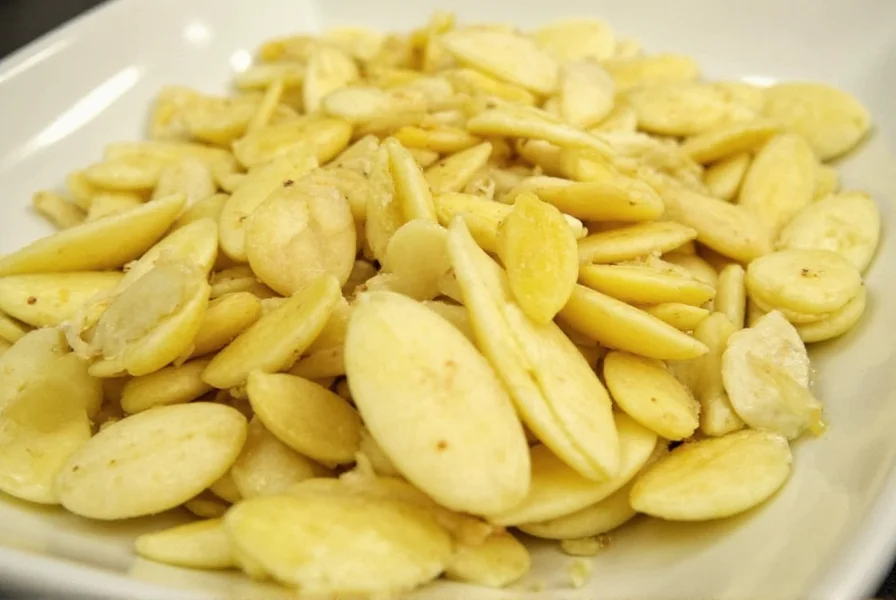
Frequently Asked Questions About Galangal
Can I substitute ginger for galangal?
You can, but the flavor will change. Use a mix of ginger and lemon zest to mimic the citrusy-peppery notes of galangal.
Is galangal safe to eat raw?
It’s quite tough and pungent when raw. Cooking softens it and enhances flavor absorption.
Where can I buy galangal?
Look for it in Asian supermarkets, specialty spice stores, or online retailers like Amazon and Etsy.
Conclusion
Galangal is more than just another exotic spice — it’s a versatile ingredient with bold flavors and hidden health benefits. Whether you’re recreating a Thai classic or experimenting with fusion recipes, galangal deserves a spot in your spice cabinet.
So next time you're wandering through the market or browsing online spice shops, give galangal a try. Who knows? You might just fall in love with that zesty, earthy kick that only galangal can deliver.
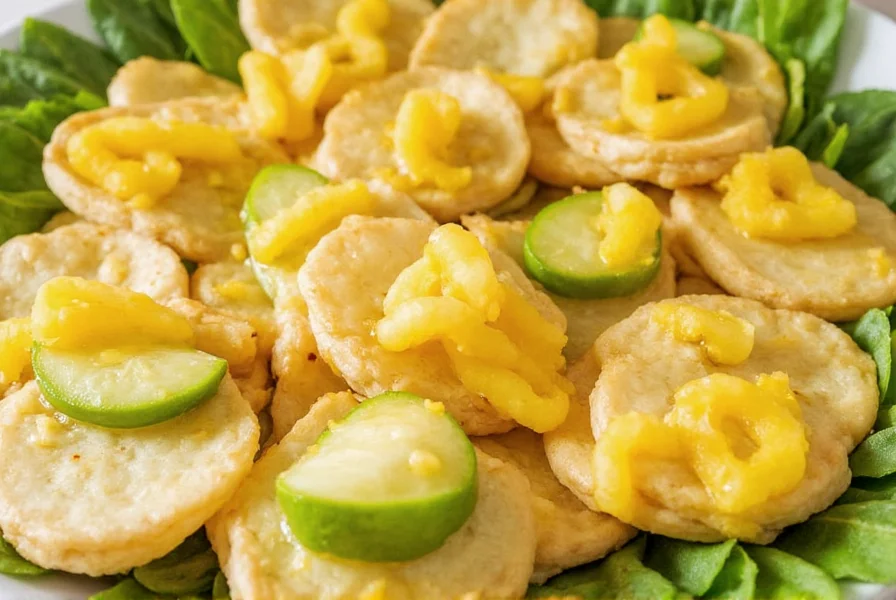

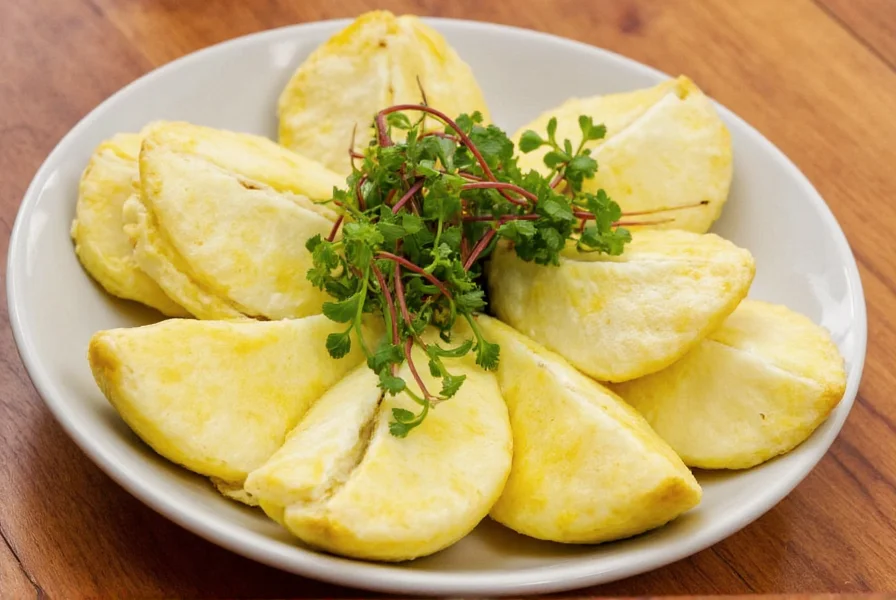









 浙公网安备
33010002000092号
浙公网安备
33010002000092号 浙B2-20120091-4
浙B2-20120091-4